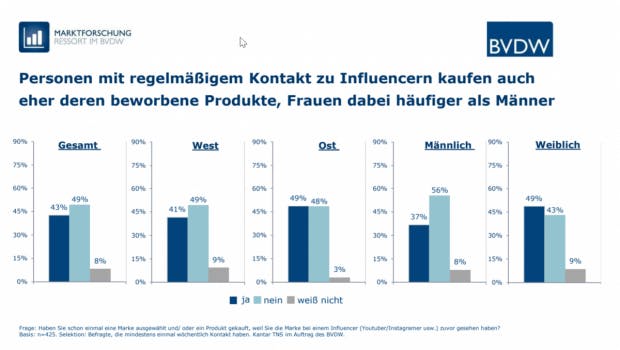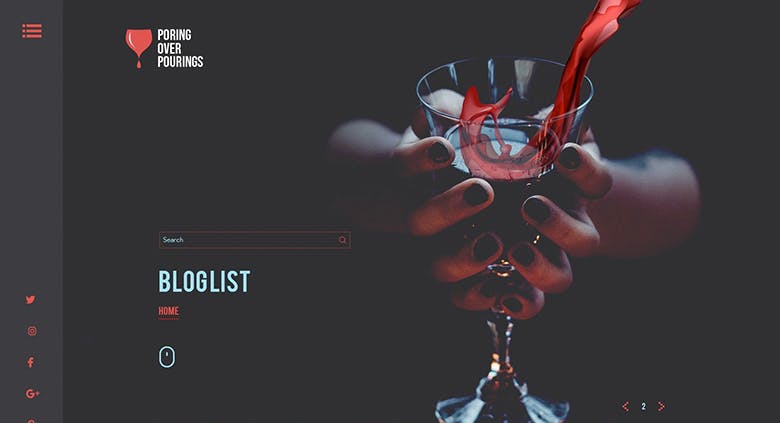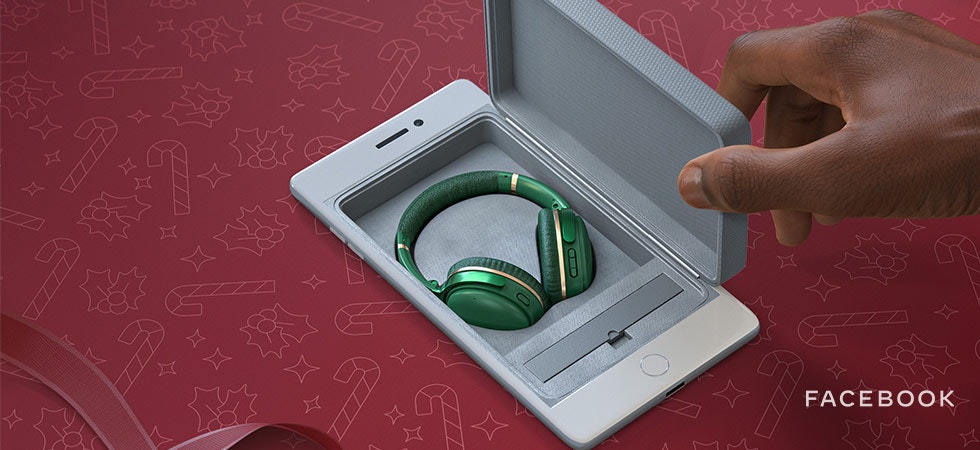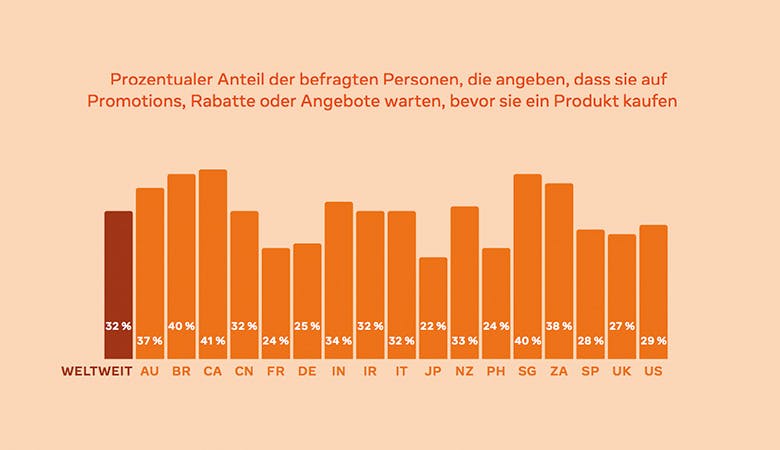After a well thought-out pitch process, you decided on a PR agency. Congratulation! What do you have to consider now so that you can work successfully with them?
The side effect of an intensive selection process is that you have already put the agency through its paces and can thus better assess where its strengths and weaknesses lie. Since they convinced you, you gave them a leap of faith – and trust is the be-all and end-all of a good and successful cooperation.
Trust: sparring partners at eye level instead of mere execution assistants
If you accept and respect the agency as a partner on an equal footing, you create a good starting point for transparent and constructive cooperation. It is in your own interest to see the PR professionals as your sparring partners and not just as implementation assistants. Therefore, ask the agency specifically for its recommendations and seriously consider them.
Through their external perspective and diverse experience with different customers, they will be able to give you new ideas that you may not even have on your screen. Of course, this also means that they will sometimes advise against your suggestions. It is not for nothing that wise decision-makers are distinguished by the fact that they accept thought-out and well-founded advice. In addition, inform your agency about (internal) changes and news – even if they are not (yet) directly communicatively relevant from your point of view. The more information an agency has, the better it can assess the situation and adapt to you. Under certain circumstances, she will also draw your attention to facts that you had not considered.
Also avoids micromanagement and unnecessary administrative effort. You don’t have to be CC on every email. This saves your mailbox and your time budget. Trust the agency and thereby give it the freedom to work creatively. Therefore try to keep the reporting effort as low as possible.
Of course, extensive success presentations are nice to look at and make an impression with extensive, detailed Excel tables – but please always question whether it makes sense. Because the more time has to be spent on administrative tasks, the less time there is for the actual PR work. In addition, filling out cumbersome reporting documents is usually not very high on the popularity list of PR professionals. In practice, short lists of successes in clear Excel tables have therefore proven their worth.
Clear communication
It may sound superfluous for a guide to working with communication agencies to emphasize the value of clear communication. However, experience shows that the shoemaker often has the worst last – and communication between client and service provider is not always optimal on both sides.
Both parties should clearly define their expectations, especially at the beginning. What is expected and why from whom in terms of results and working methods? How is success measured? What are the standards? Do you prefer to work with a fixed PR plan or does a more flexible approach with spontaneous ad hoc pitches make more sense for you? What does the agency need from the client in order to be able to work productively?
Unfortunately, the misconception persists that the homework for companies is done by hiring an agency. However, your agency relies on your input and feedback to do its part of the job. It is helpful for them to know exactly who is responsible for what internally within you and how much decision-making power they have. If you have several internal contacts for the agency, a specially set up e-mail alias is also a good idea. If this is always set in CC for relevant email conversations, you can easily and elegantly ensure that no emails are sent to an unopened mailbox even during (unplanned) absences.
For their part, agencies sometimes fail to clearly communicate what is going on behind the scenes. Especially in times when a lot of preparatory work is done and there are few tangible results, the client sometimes gets the impression that there is no work on the other side. In order to avoid misunderstandings, both parties should therefore do each other a favor and coordinate regularly and in a structured manner.
Short info mails for news and additional phone calls (around 30 minutes), for example every two weeks with a clearly structured agenda, have proven effective. Briefly recapitulate which measures have achieved which results, what went well and what can still be improved. In addition, discuss the further joint procedure as well as the concrete steps with the precise distribution of tasks and time management. Finally, a short reference to any administrative arrangements such as vacations and then it goes back to the substantive work.
What to do if it doesn’t work at all
Despite the best intentions, it can always happen that things don’t run smoothly between the agency and the client – partly because of external factors such as idling due to seasonal media cycles, partly because of internal factors such as insufficient communication or loss of trust.
Before you go your separate ways, however, you should briefly analyze what the causes are. Dissatisfaction is often based on simple misunderstandings that are easy to get out of the way. Also consider that every change of agency is associated with increased effort, time and costs and leads to friction losses.
Sometimes a slightly different team composition helps instead, which can lead to new ideas and results. In such situations in particular, it pays off if you have invested not only in the purely content-related, but also in human cooperation in advance. If possible, it is advisable to meet for lunch every now and then. In a personal meeting in a harmless setting, any problems can be addressed and solved more easily than in a fixed meeting context.
However, if it becomes apparent that a breakup will be inevitable, it is important to remain professional. Sometimes working methods or expectations just don’t go together. Then it is in the interests of everyone involved to go their separate ways. None of this is the end of the world and is part of everyday working life. But please always keep in mind that the world is small and you often run into each other again in a different context. Previous unprofessional behavior can later become uncomfortable. Respectful interaction is therefore not only required by decency, but is simply in your own interest.
The sound makes the music
As is so often the case in life, the same applies here as with general collaboration: the sound makes the music. So make sure that there is a respectful tone on both sides. There is always someone else sitting on the other side of the e-mail or the phone. This respectful interaction with one another should therefore run like a red thread through your cooperation. If you keep this in mind and follow this advice, nothing stands in the way of a successful cooperation with your agency.



















